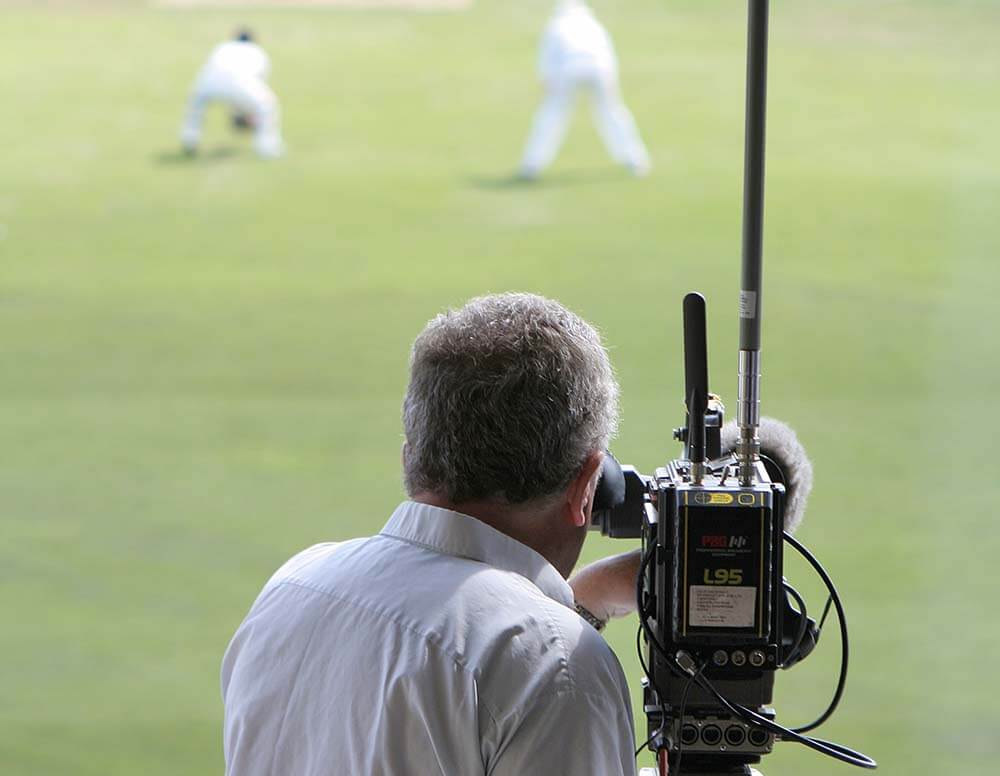There are so many changes and recent developments that have happened in cricket, contributing to the betterment of the game and ultimately helping to ease down the decision-making of the umpires. In the span of a few years, technology has also become an integral part of the game. Speed guns, spidercams, Decision Review System (DRS), Snickometer, Hot Spot and others were introduced and led to transforming the whole nature of the game. Here we are going to take a closer look at Snickometer, discover its history, its use and provide so many other details related to Snickometer.
Contents
History of Snickometer
The use of technology in the game of cricket is not new but over the years there have been many developments taking place in the game with the aim of easing down the work of umpires. Moreover, in order to avoid controversies, many more technological features have been introduced. The Snickometer traces back to the mid-90s when it was invented by British computer scientist Allan Plaskett. Since then, this technology has been used in many situations in order to help umpires in fair decision-making. The technology was introduced by the UK’s Channel 4 in 1999.
How Does Snickometer Work in Cricket?
Snickometer produces an ambient sound or picks up any sound when the ball passes through and then amplifies the appropriate signal. In simple words, it is a type of microphone that catches sounds of different frequencies that are produced when the ball hits the bat or any of the leg pads. It helps in the decision-making while there is any uncertainty in umpires picking up the edges for caught-behinds or inside-edges in case of LBW decisions. The Snickometer device consists of a sensitive microphone and an oscilloscope. A sharp variation in sound signalises that the bat is hitting the object and with the slow-motion display, it gets easy to determine any pending decision.
Snickometer doing its job. (Source)
Is It Different from Ultra Edge and Hot Spot? How?
If we compare Snickometer to Ultra Edge or Hot Spot technology, there is a basic difference in the methodology and use of scientific techniques. Hot Spot is an image sensing system in which infrared cameras are used to find out if the batsman has nicked the ball or not. When it comes to Hot Spot, the principle of thermal wave remote sensing is used in which the friction is generated to detect an edge. This technology was first used in 2006 during the Ashes in Australia. In the case of Snickometer, both image and sound play a significant role.
Firstly, the stump microphone placed at the bottom of the stumps tracks the live sound, filters it and then, with the help of an oscilloscope attached to it, traces the relevant sound waves. Also, at the same time camera records the visuals, which helps to make the work of umpires easier. Ultra Edge is an upgraded version of Snickometer for edge detection which works on live sound from the stump mic and visual evidence. It is the latest introduced technology.
Ultra Edge
Use of UltraEdge. (Source)
Hot Spot
Use of Hot Spot. (Source)
An Incident Where Snickometer Was Used in International Cricket
The Ashes series which is considered as one of the greatest rivalries between traditional rivals England and Australia has been testing umpiring skills for many years now. There is always a tense atmosphere during the tournament and it also gets difficult for umpires to concentrate and give fair decisions.
In 2009, playing the 2nd Test match between England and Australia, Graeme Swann dismissed Michael Hussey who was caught at slip by Paul Collingwood. The batsman, Michael Hussey, walked away when the English team started to celebrate his wicket. However, later on, when it got checked on the Snickometer it was found that the bat hit the ground and not the ball which was indicated by the Snickometer, but that decision of the umpire cost Australia much since the review was not used by them and helped England to dismiss a batsman.
Summing up
To sum up, we can say that as we move towards a tech-oriented world, the use of technology in games is definitely going to increase in the future. There is no doubt, these different tools that have been invented in recent years helped umpires immensely to make the right decisions on the field. The slow-motion technique, Ultra Edge, the Snickometer, Hawk-Eye, Hot Spot have just enhanced the decision-making ability of umpires and ultimately helps to avoid biased decisions during a game. In the evolution from being a game prone to human error, cricket has moved a lot in the past few years and technology has become an integral part of the game to avoid human errors which altogether has been bringing a lot of changes to the game of glorious uncertainties.

